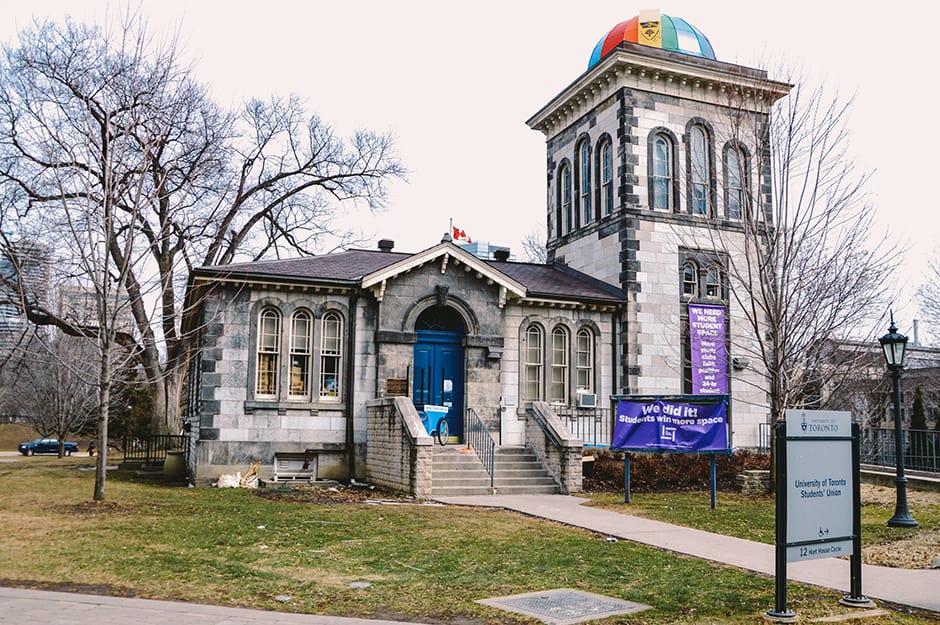Facebook ads: $400. Flyers: $2,400. Domain registration: $20. Victory: priceless. There are some things money can’t buy. For everything else, there’s a candidate’s MasterCard.
According to Ben Coleman, Brighter UofT presidential candidate in the University of Toronto Students’ Union (UTSU) election, the slate spent a total of $5,883.55 on the campaign, with print media taking the lion’s share at $4,528.33.
Coleman says that the money to pay for these expenses had to be charged to the candidates’ credit cards, and that candidates needed reimbursement from the UTSU in order to pay back these charges. “I personally increased the limit on my credit card from $2,000 to $5,000 in order to carry most of the printing expenses. I do not currently have the ability to pay the balance of my card without a refund,” he said.
The Change UofT slate did not respond to requests for comment.
The amount of reimbursement varies according to the position a candidate is running for, as well as the proportion of votes they win.
According to the Elections Procedure Code (EPC), executive candidates will be reimbursed for campaign expenses up to a limit that is determined by the proportion of votes that they collect. The maximum reimbursement of $1,200 can be granted if the candidate obtains between 15 to 100 per cent of the total vote.
For Board of Directors candidates, the EPC says that “the Union shall not reimburse a Director Candidate for campaign expenses incurred.”
However, the EPC does allow for director candidates who demonstrate financial need to be reimbursed up to a limit of $300 for at-large director candidates and $100 for other director candidates.
Even with these reimbursements, the expenses racked up over the course of a campaign can be steep. Brighter UofT has arranged expenses in such a way that they are separated or pooled based on the candidates and the expense benefits. “Expenses are separated where clear. Pooled expenses that would be incurred by executives regardless of cross-campaigning with board members will be attributed equally across all the executive candidates,” Coleman says, using the example of flyers, which promote the executive candidates but also contain the names of board candidates, as a pooled expense.
In terms of financial accessibility, Coleman says “there’s a long way to go.”
“The bank shouldn’t even have given me a raise on my credit limit to $5,000,” Coleman says. “There’s no way I have the income to match that but they pre-approved it based on my summer job.”
Auni Ahsan, an independent candidate who ran for Victoria College director, says that as an independent candidate, he incurred few expenses in his campaign. “Due to the nature of what I’m running for, Victoria College isn’t that big of a campus to poster and I didn’t really want to do anything else other than postering,” he said.
Ahsan says that his total expenses came up to $7.50. He is also assisted by a “financial grant offered” by the chief returning officer of $35.
When asked to clarify the amount, Ahsan explained that he does not need a lot of money to cover his constituency. “I didn’t really need that much money for the campaign. I can see it going to a much higher expense for a slate, but as an independent, only having to cover Vic… is not so bad. There [are] really only two [non-residence] buildings I can poster anyway,” he says.


